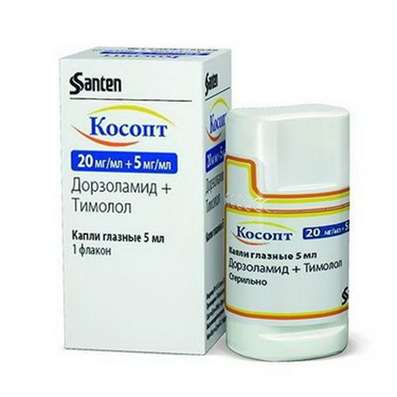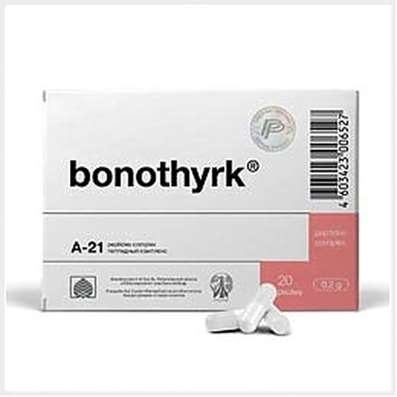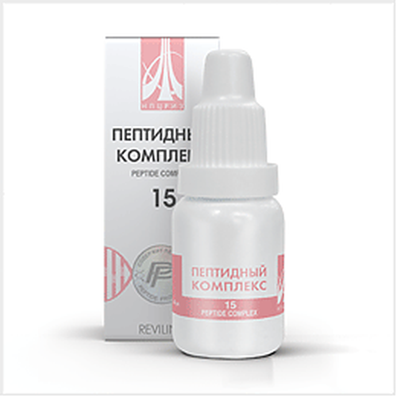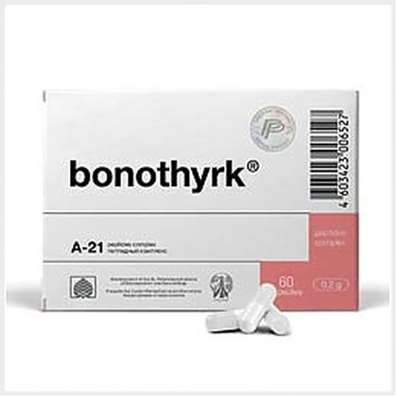Instruction for use: Children's Motrin
I want this, give me price
Active substance Ibuprofen
ATX code M01AE01 Ibuprofen
Pharmacological group
NSAIDs - Propionic acid derivatives
Nosological classification (ICD-10)
J06 Acute upper respiratory infections of multiple and unspecified
Frequent colds viral diseases, Infections of the upper respiratory tract, Acute respiratory disease influenza character, for colds Pain, Acute colds,Cold, respiratory infection,Seasonal colds, Pain in infectious and inflammatory diseases of the upper respiratory tract, Bacterial infections of the upper respiratory tract, Bacterial respiratory infections, Viral disease of the respiratory tract, Viral respiratory tract infections, Inflammatory disease of the upper respiratory tract, Inflammation of the upper respiratory tract disease, Inflammation of the upper respiratory tract illness with difficult sputum, Inflammatory airway disease, Secondary infections with colds, Shortness of sputum in acute and chronic respiratory diseases, Upper respiratory tract infection, Infections of the upper respiratory tract, Respiratory Tract Infections, Infections of the respiratory tract and lungs, Infectious-inflammatory diseases of the upper respiratory tract, Infectious-inflammatory diseases of the upper respiratory tract and ENT-organs, Infectious-inflammatory diseases of the upper respiratory tract in children and adults, Infectious-inflammatory diseases of the upper respiratory tract, Infectious inflammation of the airways,respiratory infection, Qatar upper respiratory tract, Catarrh of the upper respiratory tract, Catarrhal disease of the upper respiratory tract, Catarrhal symptoms of the upper respiratory tract, Coughing with a cold, SARS, ARI, ARI with rhinitis phenomena, Acute respiratory infection, Acute infectious and inflammatory disease of the upper respiratory tract, Acute respiratory disease, Sore throat or nose, Respiratory viral infections, Respiratory diseases, Respiratory infections, Recurrent respiratory infections, Secondary infection with influenza, cold in the chest, Feverish condition with flu usitis, acute sinusitis, genyantritis, purulent sinusitis
J11 Influenza, virus not identified
Flu, Influenza in the early stages of the disease, Flu in children, cold in the chest, Begins flu-like condition, Acute disease parainfluenza, parainfluenza, parainfluenza state, influenza epidemics, The pains of the flu, Influenza
K08.8.0 * Painful toothache
Dentinal pain, Dentinal pains, Pain pulpitis, Anesthesia in dentistry, Pain syndromes in dental practice, Pain after removal of tartar, Pain when extracting a tooth, Toothache, Pain after dental interventions
R07.0 Sore throat
A sharp pain in the throat, Sore throat
R50 Fever of unknown origin
Malignant hyperthermia, Hyperthermia malignant
R51 Headache
Pain in the head, Cephalgia, Pain with sinusitis, Pain in the back of the head, Painful headache, Headache of vasomotor genesis, Headache of vasomotor origin, Headache with vasomotor disorders, Headache, Neurological headache, Serial headache
R52.2 Other constant pain
Pain syndrome, rheumatic origin, Pain at vertebral lesions, Pain in the chamber, Pain for burns, Pain syndrome weak or moderate, Perioperative pain,Moderate to severe pain, Moderately or weakly expressed pain syndrome, Moderate to severe pain, Ear pain of otitis, Neuropathic pain, neuropathic pain
Composition and form of release
5 ml of oral suspension for children contain ibuprofen 100 mg; in polyethylene bottles with a dispenser of 60 and 120 ml, in a box 1 bottle complete with a measuring cup.
pharmachologic effect
Pharmacological action - anti-inflammatory, antipyretic, analgesic.
Oppresses the activity of cyclooxygenase and the synthesis of PG (prostaglandins).
Clinical Pharmacology
The effect lasts up to 8 hours.
Indications
Pains of weak and moderate intensity for colds and flu, sore throat, headache and toothache; fever.
Contraindications
Hypersensitivity, peptic ulcer of the stomach and duodenum (including in the anamnesis), bronchial asthma, hematopoiesis disorders, pronounced changes in the function of the liver and kidneys.
Side effects
In rare cases - nausea, vomiting, anorexia, abdominal pain, diarrhea, headache, agitation, insomnia, bronchospastic syndrome, skin rash, Quincke's edema.
Dosing and Administration
Inside, every 6-8 hours, but no more than 4 times a day. Children 2-3 years - 1 hour slozhke suspension, 4-5 years - 1.5 ts.lozhki, 6-8 years - 2 ts.lozhki, 9-10 years - 2.5 ts.lozhki, 11 years - 3 hours a week.
Overdose
Symptoms: headache, drowsiness, nausea, vomiting, abdominal pain.
Treatment: symptomatic.
Precautionary measures
It is not recommended to take more than 3 days or together with drugs containing ibuprofen and other antipyretic or analgesic agents (without consulting a doctor). If there is an upset stomach, take with food or milk. Use with caution on the background of dehydration.
storage Conditions
At a temperature of 15-30 ° C.
Keep out of the reach of children.
Shelf Life
2 years.
Do not use after the expiry date printed on the package.

 Cart
Cart





